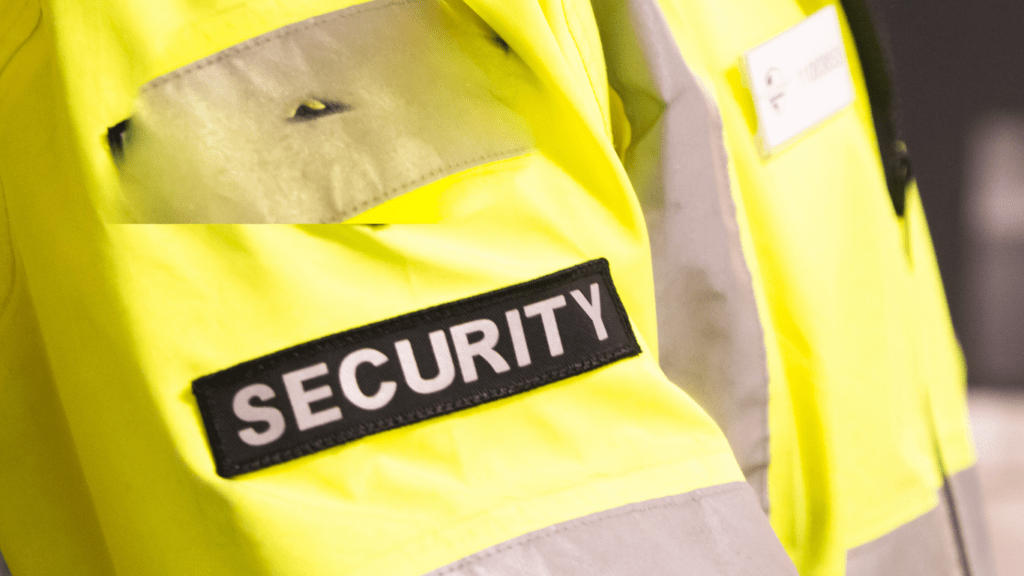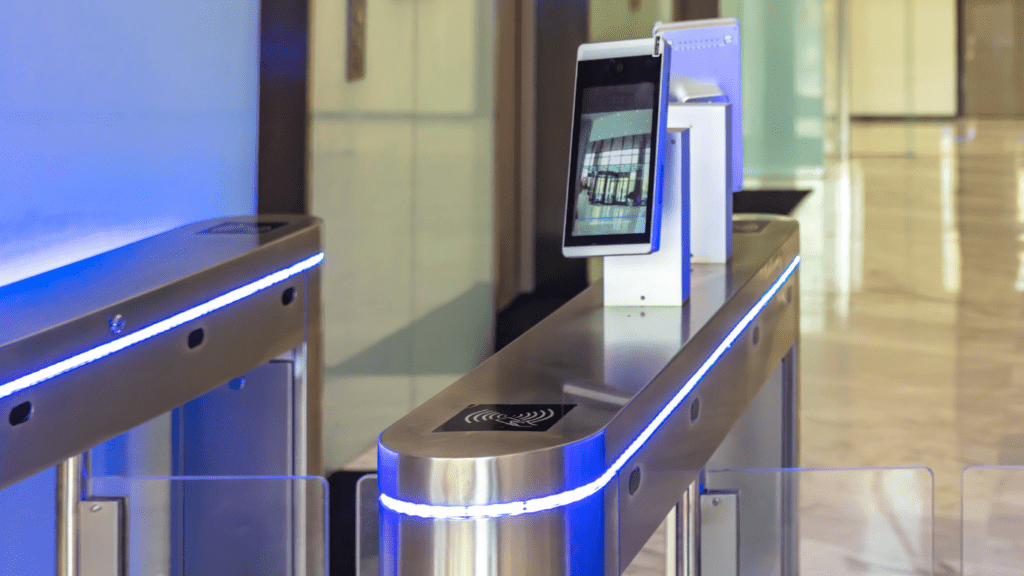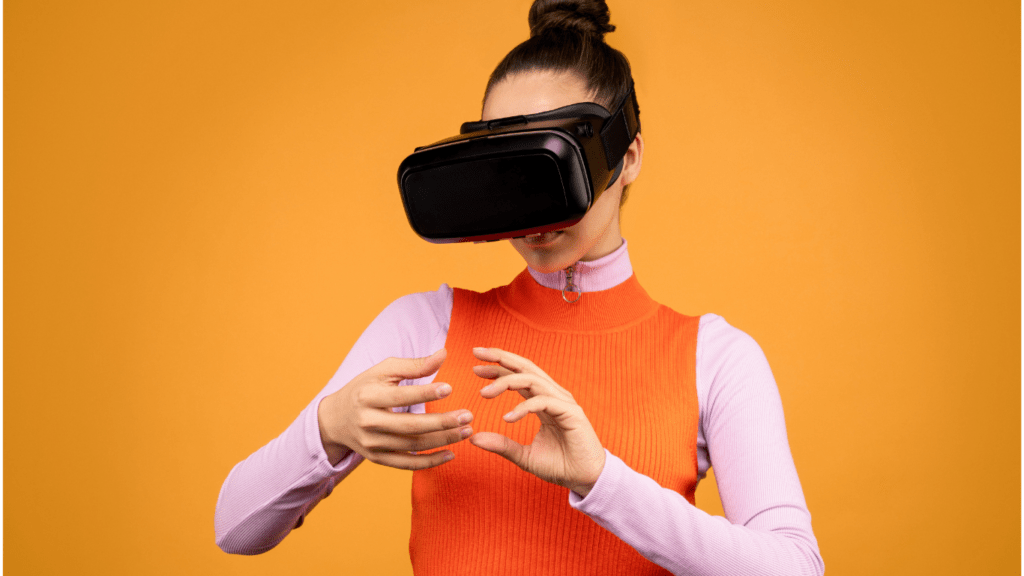The Evolution of Casino Security
Casinos have always prioritized security. Over the years, advancements in technology have revolutionized how casinos safeguard their assets and guests.
From Traditional Methods to Advanced Technology
Initially, casinos relied on physical security measures like guards and lock-and-key systems. As crime and cheating methods evolved, casinos adopted more sophisticated methods.
The advent of CCTV transformed surveillance, allowing continuous monitoring from central control rooms. However, traditional cameras had limitations.
Security staff needed extensive training to recognize threats, and human error was a significant risk.
With advancements in digital technology, casinos started integrating biometric systems. Facial recognition technology, in particular, emerged as a game-changer.
Unlike traditional methods, it offers real-time identification of individuals, enhancing accuracy and efficiency.
Casinos can now instantly identify known fraudsters and VIP guests, improving both security and customer experience.
The Role of Surveillance in Casino Safety
Surveillance has always played a critical role in casino security. Early systems involved manually operated cameras and on-ground personnel.
This method was labor-intensive and prone to errors. The introduction of automated surveillance systems marked a significant shift.
Modern casinos utilize high-definition cameras, thermal imaging, and motion sensors to monitor every corner of the premises.
Facial recognition adds an additional layer of security. Real-time data processing allows immediate detection of suspicious activities.
Algorithms analyze facial features, even with changes in lighting or angles, ensuring high accuracy. This reduces dependency on human monitoring and increases response times.
Surveillance systems now serve as proactive security measures rather than just deterrents, making casinos safer than ever.
By weaving advanced technology into their security frameworks, casinos enhance both safety and operational efficiency.
Harnessing the Power of Facial Recognition Technology
Facial recognition has transformed casino security, providing robust measures to protect assets and enhance guest experiences.
This technology offers real-time identification, boosting both security and operational efficiency.
How Facial Recognition Works
Facial recognition matches live images against a database using algorithms. These systems analyze facial features like:
- distance between the eyes
- shape of the cheekbones
- contour of the lips
High-definition cameras capture images of patrons as they enter or move within the casino. Advanced software processes these images, converting them into numerical codes.
These codes represent unique facial characteristics. If a match occurs, the system triggers an alert for security personnel, ensuring immediate action.
Benefits for Casino Security Operations

Facial recognition improves incident response and fraud prevention. It ensures real-time identification of known cheats, banned individuals, and VIPs, leading to a tailored guest experience.
By automating surveillance, casinos reduce the burden on security teams, allowing them to focus on critical tasks.
This technology integrates seamlessly with existing security systems, enhancing overall effectiveness.
The resultant environment is safer, fostering trust among patrons and staff.
Implications and Concerns
Implementing facial recognition in casinos raises several significant issues for stakeholders to consider.
Privacy Issues and Ethical Considerations
Facial recognition technology can intrude on personal privacy. Capturing and storing biometric data without explicit consent might violate individual rights. Users expect a certain level of anonymity in public spaces like casinos.
Using this technology without transparency may foster a sense of distrust among patrons. Ethical concerns also arise out of potential misuse, such as profiling or surveillance beyond security purposes.
Legal Framework and Compliance Challenges
Regulatory landscapes for facial recognition vary across jurisdictions. Compliance with laws such as the General Data Protection Regulation (GDPR) in Europe or the California Consumer Privacy Act (CCPA) in the US becomes complex.
Casinos must navigate these regulations meticulously to avoid legal repercussions. Adhering to diverse regional laws while implementing a universal technology calls for rigorous legal scrutiny and continuous monitoring.
Case Studies
Analyzing case studies of facial recognition in casinos highlights its practical applications and outcomes.
Successful Implementations In Casinos Worldwide
Several casinos worldwide have successfully integrated facial recognition technology. In Las Vegas, MGM Resorts utilizes facial recognition to identify and monitor VIP guests.
This helps streamline customer service and enhance the guest experience. In Macau, the Galaxy Entertainment Group leverages the technology to swiftly spot known cheaters, significantly reducing fraud cases.
Similarly, in Australia, The Star Casino in Sydney has implemented facial recognition to manage self-excluded patrons, demonstrably increasing compliance with responsible gambling regulations.
Lessons Learned And Best Practices
Key lessons from these implementations provide valuable insights.
- First, integrating facial recognition with existing surveillance and IT systems maximizes utility.
MGM Resorts noticed improved efficiency when seamlessly combining the new tech with their established security protocols. - Second, ongoing staff training is crucial. At The Star Casino, regular workshops ensured that employees correctly use and understand the technology, minimizing operational errors.
- Finally, transparency with patrons fosters trust; Galaxy Entertainment Group saw increased acceptance when they clearly communicated their use of facial recognition and its benefits to patrons.
These case studies suggest that when used thoughtfully, facial recognition technology can enhance casino security and operations while addressing potential challenges.


